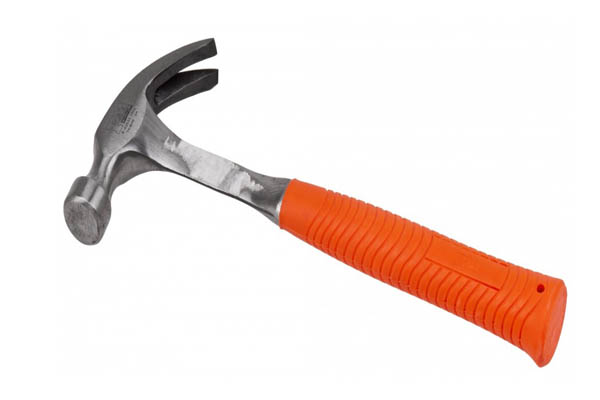The Importance of the Hammer in Woodworking: A Timeless Tool in a Modern Craft
Woodworking, an age-old craft, has seen the evolution of numerous tools over the centuries.
From the humble hand tools of ancient carpenters to the sophisticated machinery of today, one tool has stood the test of time, retaining its importance and relevance in the woodworking world – the hammer.
In the realm of woodworking, the hammer is more than just a blunt instrument; it is a versatile and indispensable tool that plays a crucial role in shaping, assembling, and perfecting wooden creations.
Why you need hammer?
1. Precision and Control
Despite its seemingly straightforward design, the hammer offers woodworkers an unparalleled level of precision and control. Skilled artisans can delicately tap or forcefully strike, adjusting their approach based on the project’s requirements.
Whether it’s driving delicate finishing nails or securing hefty joints, the hammer allows for fine adjustments, ensuring that every strike counts.
2. Shaping and Carving
In woodworking, shaping and carving wood are intricate processes that demand finesse and accuracy. Hammers, particularly those with various specialized heads, enable artisans to sculpt wood with precision.
Chisels, for instance, are commonly used with hammers to carve intricate designs or create detailed joinery. The controlled force exerted by a well-placed strike of the hammer can remove material with accuracy, allowing woodworkers to bring their artistic visions to life.
3. Joinery and Assembly
One of the most critical aspects of woodworking is joinery – the art of connecting wooden components securely. From dovetails to mortise-and-tenon joints, the hammer plays a pivotal role in this process.
It helps in driving nails, pins, or dowels into place, creating robust connections that withstand the test of time. The hammer’s ability to transfer force precisely is essential for ensuring that joints are tight and stable, resulting in durable and reliable wooden structures.
4. Restoration and Repair
Woodworking isn’t just about creating new pieces; it’s also about preserving the old and restoring the damaged. When it comes to restoring antique furniture or repairing wooden artifacts, the hammer is an invaluable companion.
It aids in disassembling components for repair, driving in replacement parts, and carefully reassembling the piece to its former glory. Skilled craftsmen use hammers with finesse to ensure that the restoration work is seamless and preserves the historical and aesthetic value of the item.
5. Tradition and Craftsmanship
Beyond its practical applications, the hammer holds a symbolic significance in the woodworking community. It embodies the tradition of craftsmanship, connecting contemporary artisans to their historical counterparts.
Woodworkers worldwide share a commonality – the reliance on this timeless tool. As apprentices learn from experienced mentors, they grasp not only the physical techniques but also the cultural and historical importance of the hammer, fostering a sense of belonging to a rich and enduring craft tradition.
Conclusion
The hammer’s importance in woodworking goes far beyond its utilitarian function. It embodies precision, artistry, and tradition, serving as a bridge between the past and the present.
As woodworking continues to evolve, the hammer remains a steadfast companion, reminding artisans of the essence of their craft and the enduring significance of this simple yet indispensable tool.

Don Kerr spent many years honing his skills as a DIY woodworker. He finds immense joy in not only creating remarkable pieces but also in generously sharing his knowledge. Connect with him via group.


